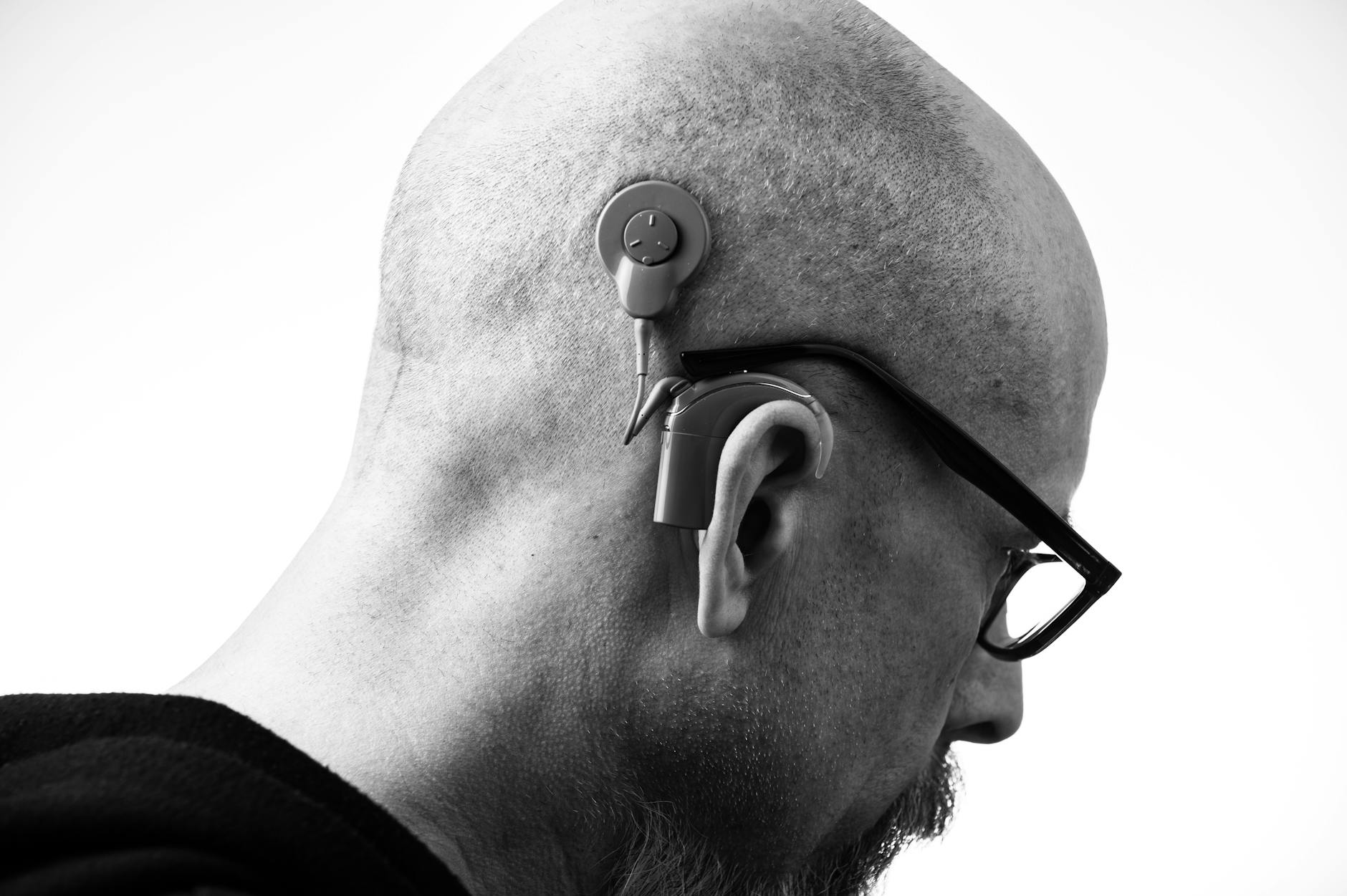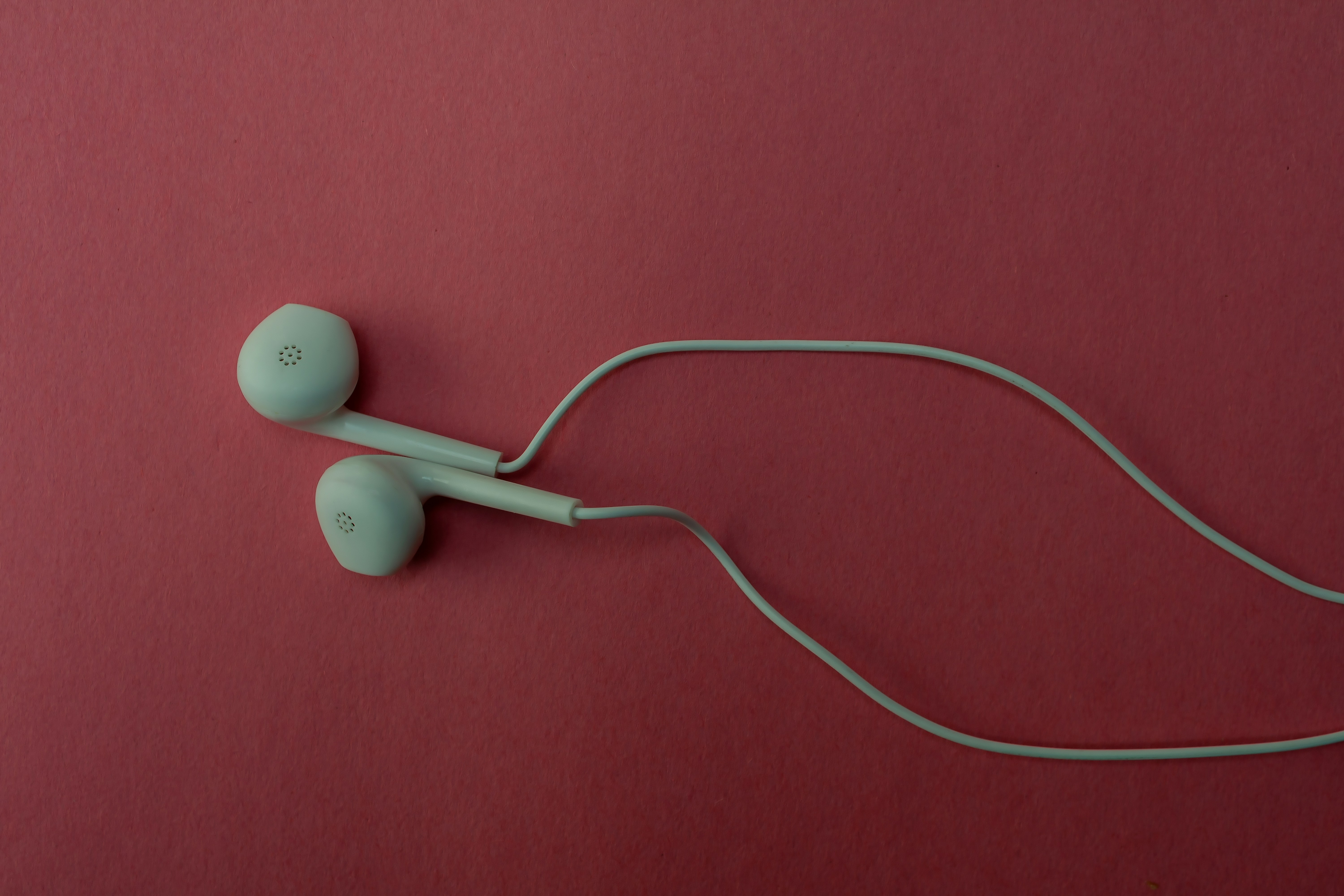Some medications are essential—and also tough on the ears. If you’ve been prescribed a drug with known “ototoxic” (ear-damaging) potential, you don’t have to choose between your health and your hearing. With the right plan, you can lower risk, catch changes early, and keep treatment on track.
First things first: what is ototoxicity?
Ototoxicity refers to damage to the inner ear (cochlea or vestibular system) caused by certain drugs or chemicals. It can lead to symptoms such as:
- Ringing, buzzing, or hissing sounds (tinnitus)
- Sound sensitivity or fullness
- Difficulty understanding speech, especially in noise
- Balance issues, dizziness, or unsteadiness
Some changes are temporary and fade when the drug is reduced or stopped; others can be permanent. The goal is prevention and early detection whenever possible. If you notice new ear or balance symptoms during treatment, contact your prescribing clinician. Don’t stop a prescribed medication on your own.
Common medications linked to ototoxicity
Not every person will have ear-related side effects, and many of these medicines save lives. Your team weighs risks and benefits before prescribing. Here’s a plain-language overview of categories most often associated with hearing or balance changes:
Chemotherapy (platinum-based agents)
- Cisplatin (highest risk), carboplatin
Can cause permanent, high-frequency hearing loss and tinnitus. Risk increases with higher cumulative dose, younger age (children are particularly vulnerable), kidney issues, and concurrent noise exposure.
Antibiotics
- Aminoglycosides: gentamicin, tobramycin, amikacin, streptomycin
Can damage hearing and/or balance, especially with IV dosing, higher levels, prolonged courses, or kidney impairment. A small percentage of people have a genetic susceptibility that greatly increases risk. - Vancomycin
Lower risk than aminoglycosides but can contribute, especially when combined with other ototoxic drugs. - Macrolides: erythromycin (especially IV), azithromycin at higher doses
Usually temporary hearing changes or tinnitus that improve after stopping.
Diuretics ("water pills")
- Loop diuretics: furosemide (Lasix), bumetanide, torsemide
Typically cause temporary hearing changes; risk rises with rapid IV administration, higher doses, kidney problems, or when combined with other ototoxic agents.
Pain relievers
- Salicylates: high-dose aspirin
Commonly causes reversible tinnitus and temporary hearing shifts at high doses. - NSAIDs: ibuprofen, naproxen (especially frequent/high doses)
Associated with temporary threshold shifts and tinnitus in some people.
Antimalarials and related drugs
- Quinine, chloroquine
Have been linked to tinnitus and hearing changes; risk varies by dose and duration.
This list isn’t exhaustive. Always review the Medication Guide or package insert and ask your prescriber or pharmacist about ear-related side effects for your specific drug and dose.
What raises your risk?
- Higher dose or longer duration
- Rapid IV infusions (for certain drugs)
- Kidney or liver disease affecting drug clearance
- Pre-existing hearing or balance problems
- Concurrent exposure to loud noise
- Using multiple ototoxic agents together
- Genetics (for example, certain mitochondrial variants with aminoglycosides)
Smart prevention: lower risk without skipping treatment
Your plan should be collaborative: you, your prescriber, and an audiologist. Here’s how to be proactive.
Before treatment starts
- Share your history. Tell your team about any hearing loss, tinnitus, balance issues, noise exposure, or family history.
- Ask about alternatives. Sometimes a different drug, dose, or route of administration can reduce risk while maintaining effectiveness.
- Schedule a baseline hearing evaluation. Request a comprehensive test that includes high-frequency audiometry (above 8 kHz, when available) and otoacoustic emissions (OAEs). This makes it easier to spot subtle changes later.
- Review other medications and supplements. Avoid stacking ototoxic risks when possible. Don’t start new OTC pain relievers (like frequent NSAIDs) without checking in.
- Plan monitoring. Agree on how often you’ll be tested and what symptoms should trigger an earlier check.
During treatment
- Protect against noise. Use well-fitted earplugs or earmuffs in loud environments. Turn down headphone volume, and prefer noise-canceling headphones to avoid cranking the volume.
- Stay hydrated and follow dosing instructions. Dehydration and rapid IV administration can increase risk for certain drugs. Ask if infusion rate adjustments are appropriate.
- Watch for early signs. New tinnitus, muffled hearing, sound sensitivity, or dizziness? Report these to your care team promptly.
- Limit other ototoxic exposures. Avoid unnecessary high-dose NSAIDs or salicylates unless advised by your clinician.
- Keep a symptom log. Note onset, triggers, and severity. This helps guide decisions.
After treatment (and between cycles)
- Follow up on schedule. Post-treatment hearing checks catch changes that emerge after cumulative dosing.
- Act early. If a shift is detected, your team may consider dose adjustments, timing changes, or additional protections.
- Rehabilitate promptly. If a change persists, ask for counseling on hearing devices, tinnitus strategies, and balance therapy.
A practical monitoring plan you can ask for
Monitoring isn’t one-size-fits-all, but these elements are widely used in audiology and oncology/ID clinics:
Baseline (ideally within 1 week before the first dose)
- Otoscopy and case history
- Conventional pure-tone audiogram (0.25–8 kHz)
- High-frequency audiometry (to 12–16 kHz when available)
- Distortion product OAEs (sensitive to early cochlear changes)
- Speech testing (including speech-in-noise when possible)
- Vestibular symptom screen if you’re on vestibulotoxic agents (e.g., gentamicin)
During therapy
- Platinum chemotherapy: Hearing checks before each cycle; additional testing if you notice symptoms.
- Aminoglycosides (IV): Frequent monitoring (for example, weekly, or more often with symptoms or high serum levels).
- Loop diuretics: Symptom-driven checks, especially with rapid IV dosing or renal impairment.
What counts as a significant shift?
Clinicians often use criteria such as any of the following:
- A 20 dB decrease at any one test frequency
- A 10 dB decrease at two adjacent frequencies
- Loss of response at three consecutive test frequencies where responses were previously obtained
If a shift is confirmed, your team may re-test to verify, adjust treatment if appropriate, and reinforce noise protection. An audiologist can explain whether changes are likely temporary or possibly permanent based on the drug, dosage, and your results.
Noise and medication: a double hit you can control
Noise exposure and ototoxic drugs can interact, increasing the risk of damage. You can’t always change your medication, but you can control noise:
- Wear hearing protection for power tools, concerts, or sporting events.
- Keep personal listening below ~60% volume and limit continuous use to about 60 minutes at a time, then rest.
- Choose noise-canceling headphones to reduce the urge to raise volume in noisy places.
- Give your ears quiet breaks every day.
Supplements and “ear detox”: what’s real and what’s not
It’s understandable to look for extra protection. However:
- No over-the-counter supplement is proven in large human trials to prevent medication-related hearing loss.
- Some drugs used in hospitals (for example, sodium thiosulfate in certain pediatric cisplatin protocols) may reduce risk in specific situations, but they require careful specialist oversight because timing and interactions matter.
- Antioxidants and vitamins have mixed or insufficient evidence for drug-induced ototoxicity. Always talk to your prescriber before starting any supplement—especially during chemotherapy or complex antibiotic therapy.
If you notice changes, what should you do?
- Don’t stop the medication on your own. Call your prescribing clinician the same day to discuss symptoms.
- Ask for an urgent audiology check. Objective testing helps guide safe next steps.
- Reduce noise exposure immediately. Give your ears a quiet environment while you’re evaluated.
- Discuss options. Depending on findings, your team may adjust the dose, infusion rate, or scheduling, or consider alternatives when clinically appropriate.
- Rehabilitate early if needed. Hearing aids, assistive listening devices, tinnitus management, communication strategies, and vestibular therapy can make a big difference in daily life.
Special situations where extra caution helps
- Children and teens: Developing ears are more vulnerable to certain drugs (like cisplatin). Aggressive monitoring and noise protection are especially important.
- Older adults or those with kidney disease: Drug clearance may be slower, increasing risk.
- People with existing hearing loss, tinnitus, or balance disorders: Baseline documentation and frequent checks can guide safer care.
- Ear drops with a perforated eardrum or tubes: Some aminoglycoside-containing drops can be ototoxic if they reach the middle ear. Ask your clinician whether a non-ototoxic alternative (such as certain fluoroquinolone drops) is appropriate.
Conversation starters for your care team
Advocating for your hearing can be simple. Try:
- “I’ve heard this medication can affect hearing. What’s my personal risk, and how will we monitor it?”
- “Can we schedule a baseline hearing test and follow-ups during treatment?”
- “Are there any dose or infusion-rate adjustments that lower ear risk without reducing effectiveness?”
- “I’m noticing new ringing/muffled hearing. What should we do today?”
Pro tip: loop in an audiologist early. They’re your partner in prevention, monitoring, and rehabilitation.
The bottom line
Ototoxic medications save lives, and most people can take them safely with the right plan. Protect your ears by getting a baseline test, monitoring regularly, minimizing noise, and speaking up early about any changes. You don’t have to do this alone—your prescriber and a local audiologist can tailor a plan to your health and your ears.
Frequently Asked Questions
Are occasional OTC pain relievers safe for my hearing?
For most healthy adults, short-term use of OTC NSAIDs or aspirin at recommended doses carries low risk for lasting hearing problems. High or frequent doses can trigger temporary tinnitus or hearing shifts in some people. If you use these often, have kidney disease, or already notice ear symptoms, ask your clinician about alternatives and consider an audiology check.
Will ototoxic hearing loss go away when I stop the drug?
It depends on the medication and dose. Changes from high-dose aspirin or some diuretics are often reversible; platinum chemotherapy and aminoglycosides can cause permanent loss. Early detection and dose adjustments may reduce severity. If changes persist, an audiologist can discuss hearing support and tinnitus management.
Can I monitor my hearing at home between clinic visits?
App-based hearing screeners and calibrated headphone tools can help you notice trends, but they don’t replace professional testing. If an app suggests a change or you notice new tinnitus or muffled hearing, contact your care team and request a formal audiologic evaluation.
How quickly can ototoxicity happen?
Some people notice tinnitus or muffled hearing within days of starting treatment; others develop changes after cumulative doses over weeks to months. That’s why a baseline test and routine monitoring are important—so small shifts are caught early.
References
- The Contribution of Ototoxic Medications to Hearing Loss Among Older Adults - PMC
- Prevention and management of hearing loss in patients receiving ototoxic medications - PMC
- Ototoxicity: A Challenge in Diagnosis and Treatment - PMC
- Chemical-Induced Hearing Loss | Noise | CDC
- Audiology Information Series: Ototoxic Medications
- Ototoxicity: The Hidden Menace - PMC



